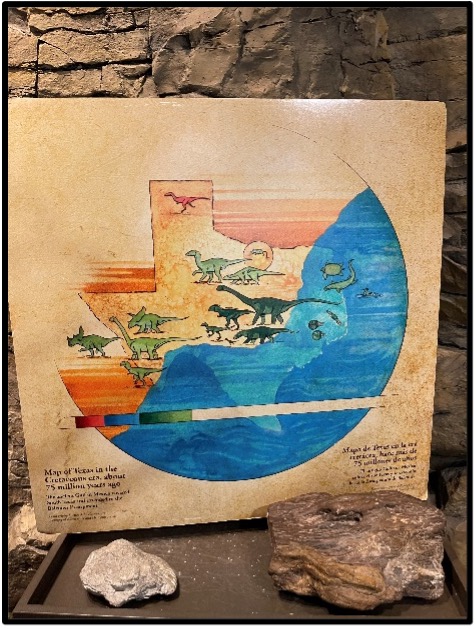By Andrea Martinez, Class of 2026
The city of Brownsville, my hometown, is renowned for its orientation to the South Texas Gulf Coast and border with Mexico as well as its rich history. My close connection to the culture of South Texas prompted my participation in UT Austin’s Disaster Strength Research internship. This internship has allowed me to return home for the summer and engage in community work that tries to identify the resilience of South Texas residents after experiencing natural disasters. Our research team will collaborate with local businesses and city services to determine the level of disaster-preparedness in each community. The data collected will enable our team to better equip communities with resources such as business continuity and disaster recovery plans. In order to help rural communities combat the detriments of natural disasters, the Disaster Strength team visited the Museum of South Texas History to understand the history of the area.
My experience at the Museum of South Texas History broadened my knowledge of the community I lived in and the neighboring areas. Our museum guide invited the team to share personal narratives to build up our sense of community. Each story revealed individual and familial histories surrounding sentimental tokens. This opening exchange served as a great introduction to the experience ahead. As budding researchers, we uncovered the importance of creating conversational spaces and honoring oral accounts as history.

The next part of the experience asked the team to tour the museum and step into the stories of the past. The early exhibits helped us understand the general topographic features of South Texas that predispose the area to natural disasters such as flooding. With the issue of flooding at the forefront of our disaster research, it is important we consider that the tip of Texas used to be underwater. As we delved deeper into the histories of the local community, we found instances of historical revisionism: many records of historically marginalized groups and revered figures were depicted in very different lights in the museum displays than in the oral records of our tour guide.
The variance of translated tales reminded us to recognize historical context and perspective of different story renditions. In the Disaster Strength team’s interview and research endeavors, it is key we receive stories with an open mind and share our findings in a manner that accurately represents our community.
As the team wrapped up our second day at the Museum of South Texas History, we had a moment to collectively reflect on the tour and historical immersion. My takeaway from the trip centered around the power of communication to evoke emotions, impart information, and share stories. This final conversation allowed me to acknowledge all the new information I learned about my community and appreciate the thought-provoking discussions that will ultimately drive my research.
Read Andrea’s second blog post here.
To learn more about this project and see more student and researcher’s blog posts, click here.
